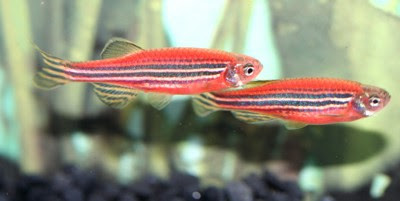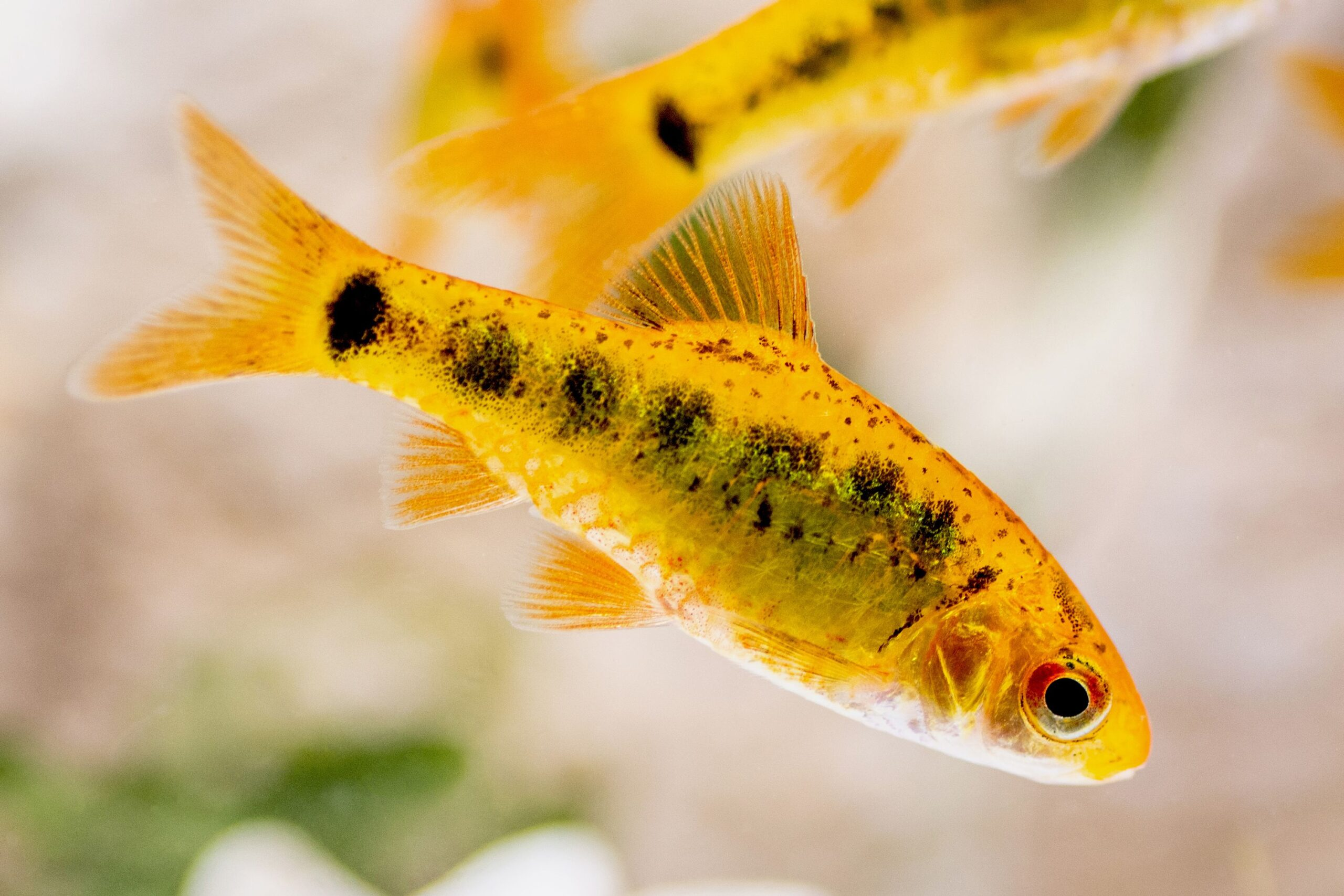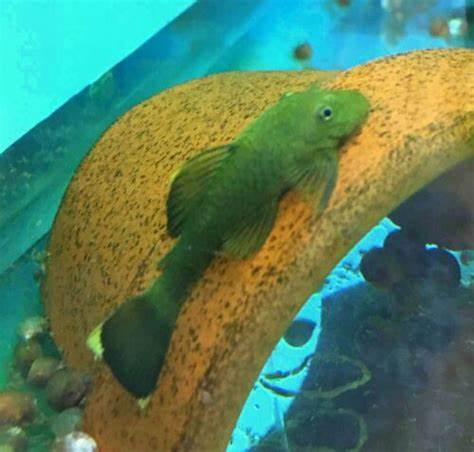The Red Fin Kadango (Cyrtocara borleyi, formerly Haplochromis borleyi) is a beautiful and peaceful species of African cichlid that is native to Lake Malawi. Here’s a detailed breakdown of the care and characteristics of this fish:
Key Information:
- Scientific Name: Cyrtocara borleyi (Synonyms: Haplochromis borleyi)
- Distribution: Lake Malawi, Africa
- Maximum Size: 18 cm (7.1 inches)
- Temperature: 24-26°C (75-79°F)
- Water Parameters: Hard, alkaline water. pH: 7.5–8.5, dH: up to 25 degrees.
- Compatibility: Suitable for a Malawi cichlid community.
- Lighting: No special requirements.
Sexual Dimorphism:
- Males are larger, more colorful, and develop extended finage.
- Females and juveniles are silver with red fins.
Feeding:
- They are not particularly fussy eaters.
- Diet: Flake, granules, cichlid pellets, and frozen foods like Artemia (brine shrimp), daphnia, mosquito larvae, Mysis shrimp, and larger fish can also consume krill or chopped prawns.
Care and Environment:
- The Red Fin Kadango is found in rocky areas along the shorelines of Lake Malawi. In the aquarium, the tank should be at least 5 feet long and decorated with:
- Open expanses of sand.
- A few rocky areas.
- Some Vallisneria or similar plants.
- Rock Structures: The rocks should be arranged to create stable crevices and caves, allowing the fish to explore and seek refuge when needed. The structure should also be stable enough to prevent collapsing if the fish dig beneath the rocks.
- Substrate: While coral sand or Aragonite is recommended to help maintain alkaline water conditions, the fish show better colors over a darker substrate. Aragonite can be placed in a mesh bag inside the external filter for buffering purposes.
Tank Setup and Compatibility:
- Tankmates: The Red Fin Kadango is relatively peaceful and can be kept with:
- Other Haps (Haplochromine cichlids).
- Aulonocara species (such as Blue Peacock Cichlids).
- Milder Mbuna species.
- Synodontis catfish and other peaceful Rift Lake fish.
- Social Behavior: In the wild, these fish are often seen in large shoals. In the aquarium, a group is ideal, consisting of one male and several females. If the tank is large enough, multiple males can be kept, but they need plenty of hiding places to establish individual territories.
Breeding:
- Breeding Method: The Red Fin Kadango is a maternal mouthbrooder, meaning the female carries the eggs and fry in her mouth.
- Spawning:
- When ready to spawn, the male’s color intensifies. He will clean a flat rock or a small depression in the substrate.
- The male displays to the female, and they engage in a courtship dance, circling each other.
- The female deposits eggs, which she quickly collects into her mouth.
- The male releases milt, and the female takes the eggs and milt into her mouth during the courtship, fertilizing the eggs.
- Incubation: The female incubates the eggs in her mouth for up to 25 days until they hatch into free-swimming fry. A typical brood consists of about 60 fry, which are large enough to take Artemia nauplii (baby brine shrimp) shortly after hatching.




Reviews
There are no reviews yet.